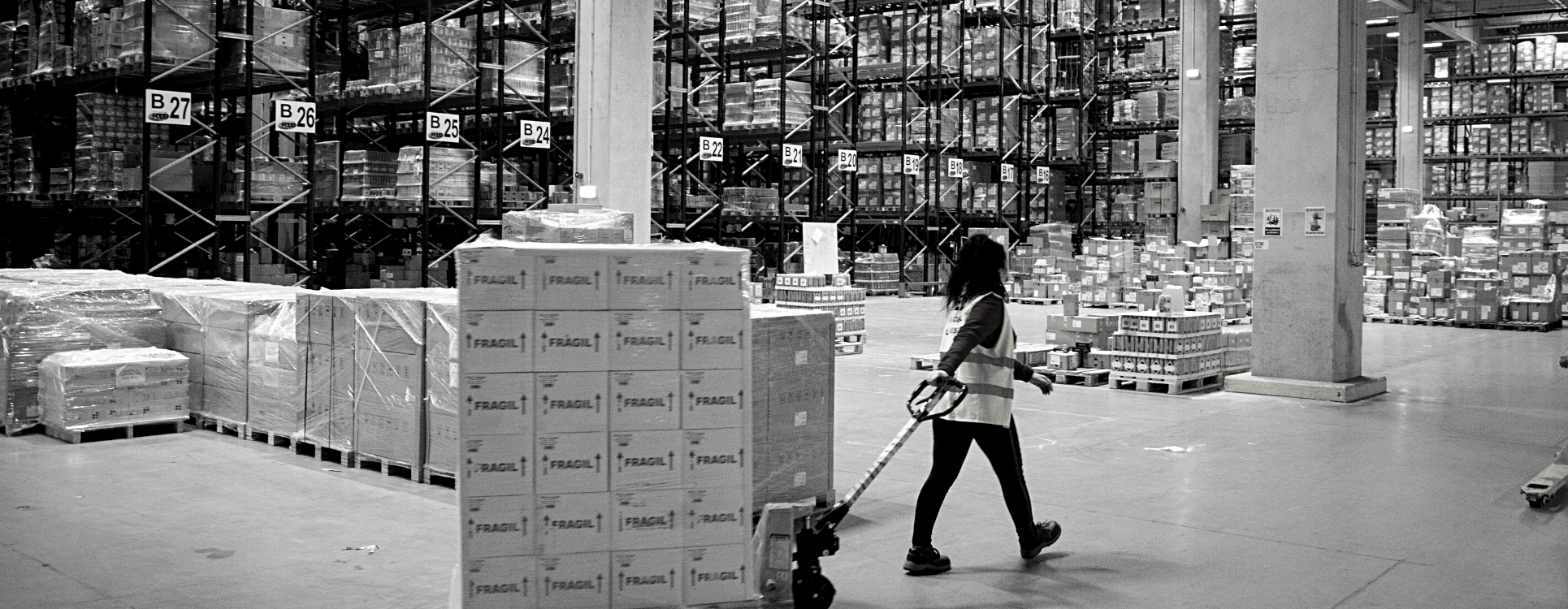The e-commerce market is booming in Romania. It’s not just our opinion, but also that of industry analysts. According to a report from Mordor Intelligence, the e-commerce industry in Romania is expected to grow at a compound annual growth rate of 11,56% between 2022-2027. The expected/projected evolution is due to digital advancement, infrastructure development and the increasing number of consumers who want to purchase whenever and wherever they choose.
As a result, every year, online shop owners discover a multitude of trends that seem to be the magic solution to attract customers. However, in this sector, which is heavily influenced by the emergence of new technologies, you need to know how to select those that fit your business model. Here’s a list of the most relevant ones for you to consider this year.
Cross-border sales
Many successful retailers from abroad have chosen to bring their products toRomania. Wouldn’t you also want to be one of those retailers who sell in places like Germany, Spain or the Netherlands?
Expanding your activities abroad can be a bold way to grow your business and to gain access to new markets and clients. If you are concerned about language or logistical barriers, you can always choose to outsource operations. As a result, a 3PL provider with access to a cross-border transport network may provide you ongoing support to ensure your online shop enjoys stability and continuity.
Different payment methods
The diversification of payment methods is more than just an e-commerce industry trend, it is a fundamental business practice for any online shop that wants to sell – and sell effectively. To ensure that your business remains a top choice for clients in 2023, we recommend offering them at least two of the following options at check-out:
- Mobile payments – through systems like Apple Pay and Google Pay, they can make quick and secure payments, without having to fill in numerous fields with card details;
- Instalment payments -if they have the option of buying an item in instalments, especially in times of inflation, customers tend to complete orders saved in their shopping basket;
- Cryptocurrency payments – offering this option will attract customers who are passionate about technological developments and investments.
Social commerce
10 to 15 years ago, people would see a product on TV, but didn’t know where to buy it. Fortunately, now it’s much easier to stay close to your customers and offer them what they want, when they want it.
Businesses that include social media in their e-commerce strategy will find many customers right where they spend a lot of their time and money – on social platforms.
Integrating shopping features into these networks, such as Instagram Checkout or Facebook Marketplace, allows users to shop without ever leaving the platform. At the same time, through these channels, suppliers can receive real-time feedback on their products and services and adjust processes to meet customer needs.
Real-time order tracking
Although it may seem to be an outdated topic, real-time order tracking continues to be at the top of customers’ expectations when they choose to purchase a product. It’s good for online shops to transparently communicate every stage of order processing, so that shoppers can always know where their order is and when it will arrive. If the online shop completely outsources the e-fulfillment process to a specialised company, the supplier will take care of all the steps and activities involved, including communication with customers. This way, they feel they are getting the attention they need and increase the chances of winning/ gaining their long-term loyalty.
Sustainable e-commerce
Online shopping has rapidly become the preferred method of purchase for customers. According to a Google study, over 47% of Romanians prefer to buy items online instead of going to a store. While they love the convenience of e-commerce, customers are also concerned about the environment, that is why they appreciate brands that are making efforts to protect it.
We have gathered a short list of techniques to win the trust of sustainability-conscious shoppers below:
- Provide comprehensive product descriptions. This reduces the chances of returns and therefore the carbon footprint of an order;
- Show the most environmentally friendly delivery method at check-out;
- Pack your products in biodegradable and compostable materials.
Conclusion
Adapting to customer needs is the underlying theme in all of the 2023 e-commerce trends. a 3PL partner can offer integrated services for the entire supply chain,
whether it’s diversifying payment options, expanding the business abroad or communicating quickly every step of the way after placing an order,
If you choose to outsource the logistics of your online shop to an external provider, you will always be informed about the latest solutions and trends in e-commerce. This ensures that you will always have happy and satisfied customers.


